Oxygen Monitoring and Exercise | CMI Health
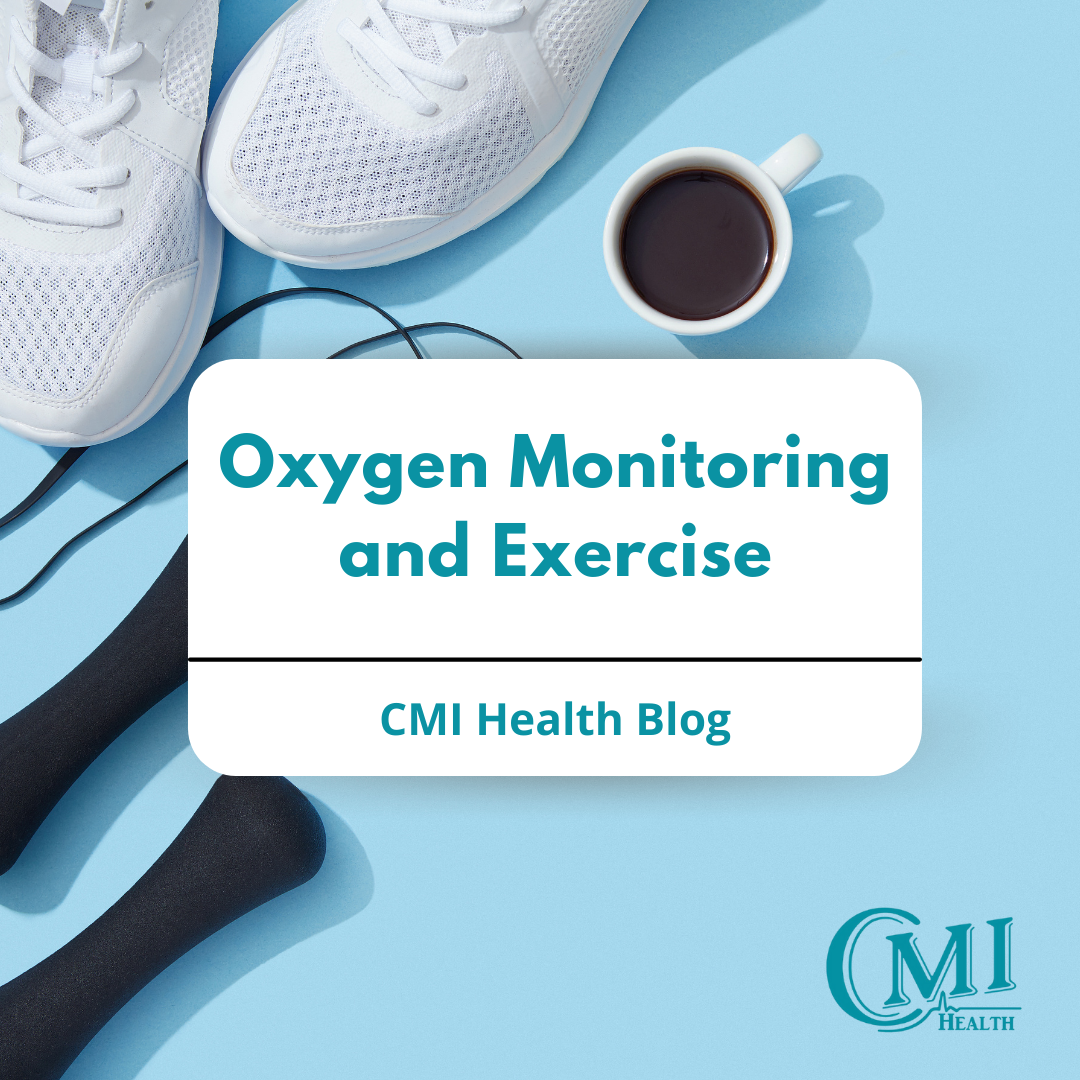
Benefits of Monitoring Oxygen Levels Before and After Exercising
For many athletes, oxygen monitoring is an important and beneficial practice that allows for an in-depth understanding of their health and recovery. Though measuring during active movement is not suggested (pulse oximeters are less accurate while the user is moving), Pulse Oximeters are ideal tools for measuring oxygen levels and pulse rate both before and after exercise. This also includes continuous monitoring during sleep, an important variable in optimal recovery. Understanding the body’s oxygen intake and arterial distribution may allow the user to gain a better idea of their overall lung function while also giving them a better idea of when they should rest and recover. Pulse oximeters are non-invasive tools that can easily be used at home or on the go, making tracking your oxygen levels simple and painless.
Athletes that engage in high intensity workouts, especially at high altitudes, may use pulse oximetry to ensure they are achieving adequate oxygenation. This may be especially important for those who are recovering from recent illness or injury. For user’s diagnosed with chronic illnesses such as asthma or COPD, monitoring SpO2 levels (oxygen saturation) is a useful indictor of disease progression and medication efficacy.
Not sure how to interpret your Pulse Oximeter readings? Check out our “Normal Readings on a Pulse Oximeter” blog for more information!
Oxygen Levels During and After Exercise
Labor intensive exercise has been shown to result in decreased blood oxygen saturation as your body works to distribute oxygen to muscle and tissue cells throughout your body. Though your body is able to adapt to different levels of oxygenation during exercise, movement that is highly intensive may result in overly labored breathing and fatigue, preventing you from continuing on. Tracking oxygen levels may allow the user to identify their optimal break time length between circuits, allowing them to perform better over the course of a workout.
As mentioned earlier, getting a good night sleep is a necessary component for any athlete. Several studies have shown the correlation between substantial sleep and exercise. These studies highlight the benefits between good sleep and improved physical performance, as well as the benefits that exercise can have on your circadian rhythm. Continuously monitoring your SpO2 levels throughout the night can help you determine whether or not you are recovering effectively. On days where your oxygen levels throughout the night are not optimal, it may be beneficial to take a recovery day so as to improve your performance later in the week.
CMI Health offers a range of pulse oximeters, ideal for tracking your lung and cardiac performance both before and after exercising. For quick readings, we suggest the small and compact fingertip pulse oximeter. For those seeking to monitor their SpO2 levels and pulse rate both on-the-go and continuously, we suggest using our PC-66 Series Handheld Pulse Oximeter. This device gives users the flexibility to monitor with different compatible sensors. For the PC-66 series, there are a variety of sensors available for all ages.
Still not sure which pulse oximeter is right for you? Check out our other blog for more information.
Feel free to contact us at info@cmihealth.com or through our customer service hotline at 888-985-1125 with any questions or concerns regarding the above information.

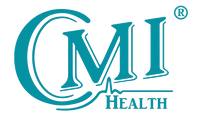


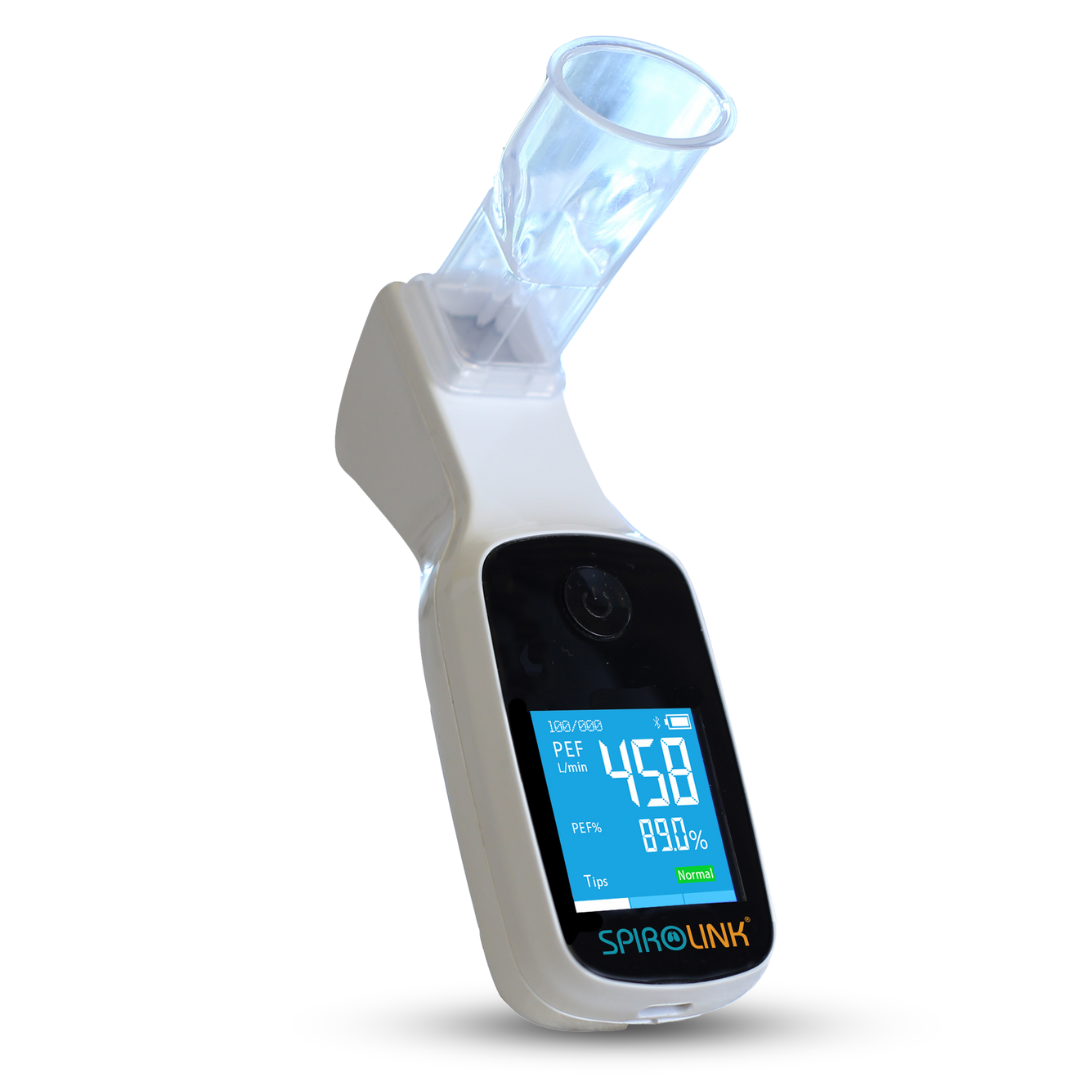
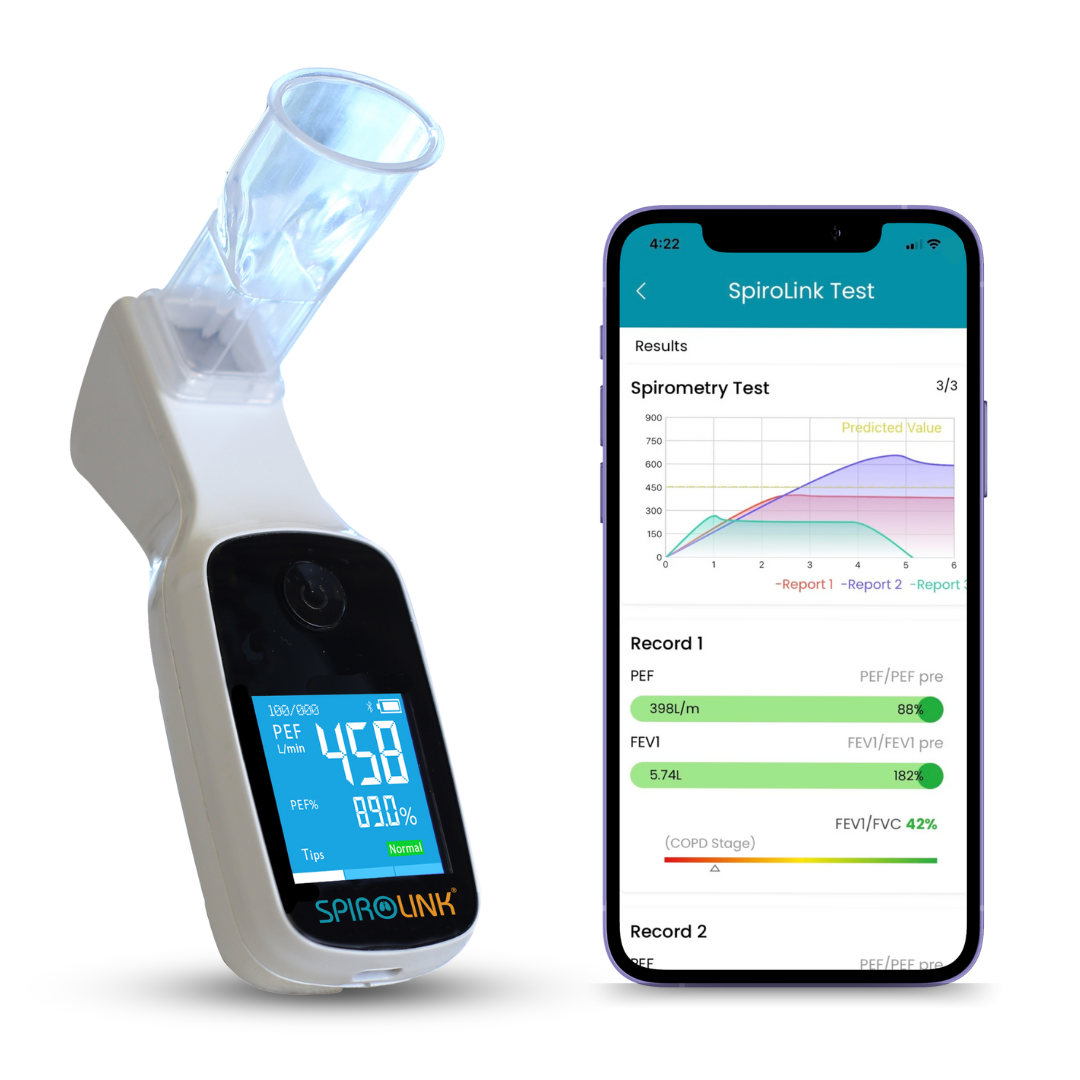
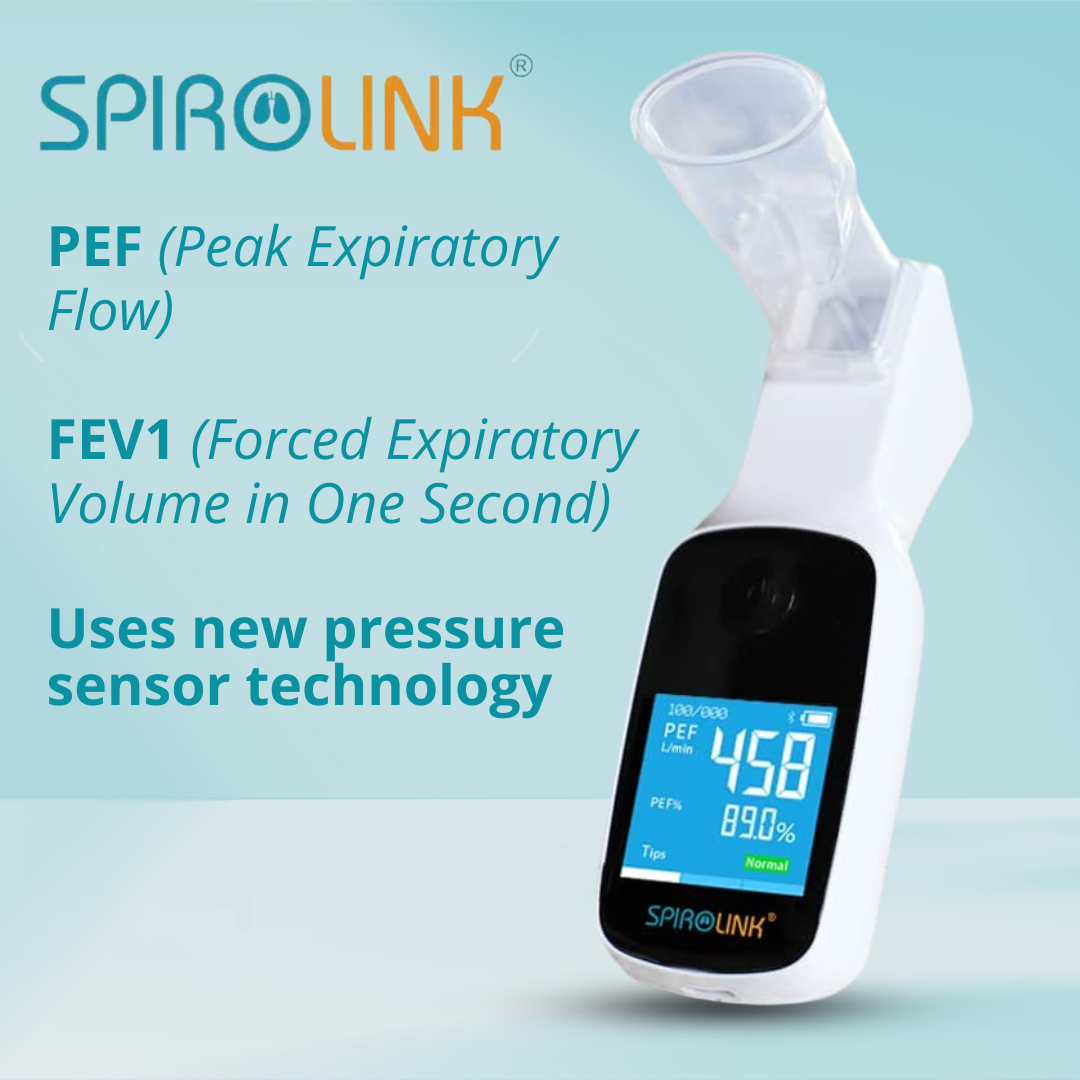
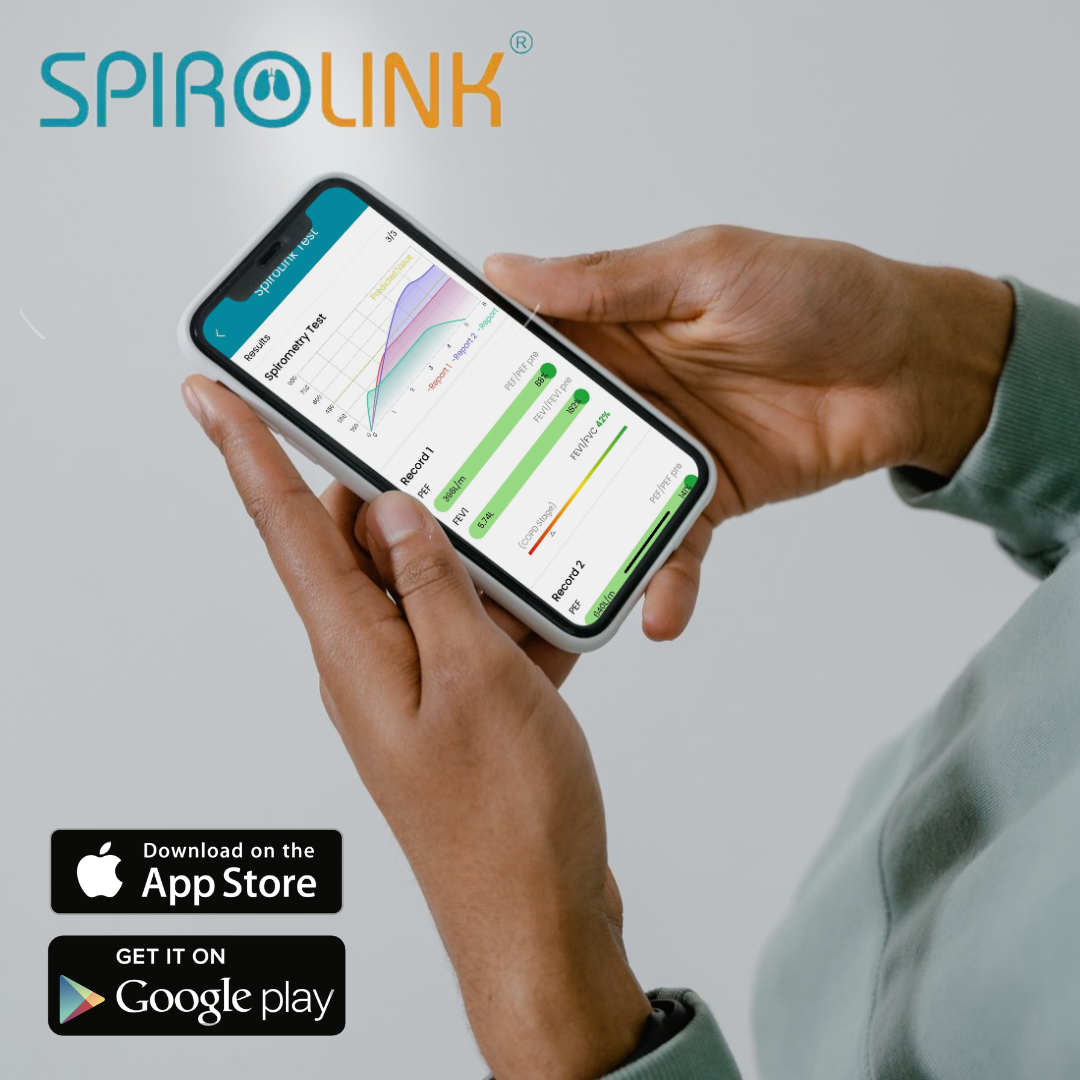
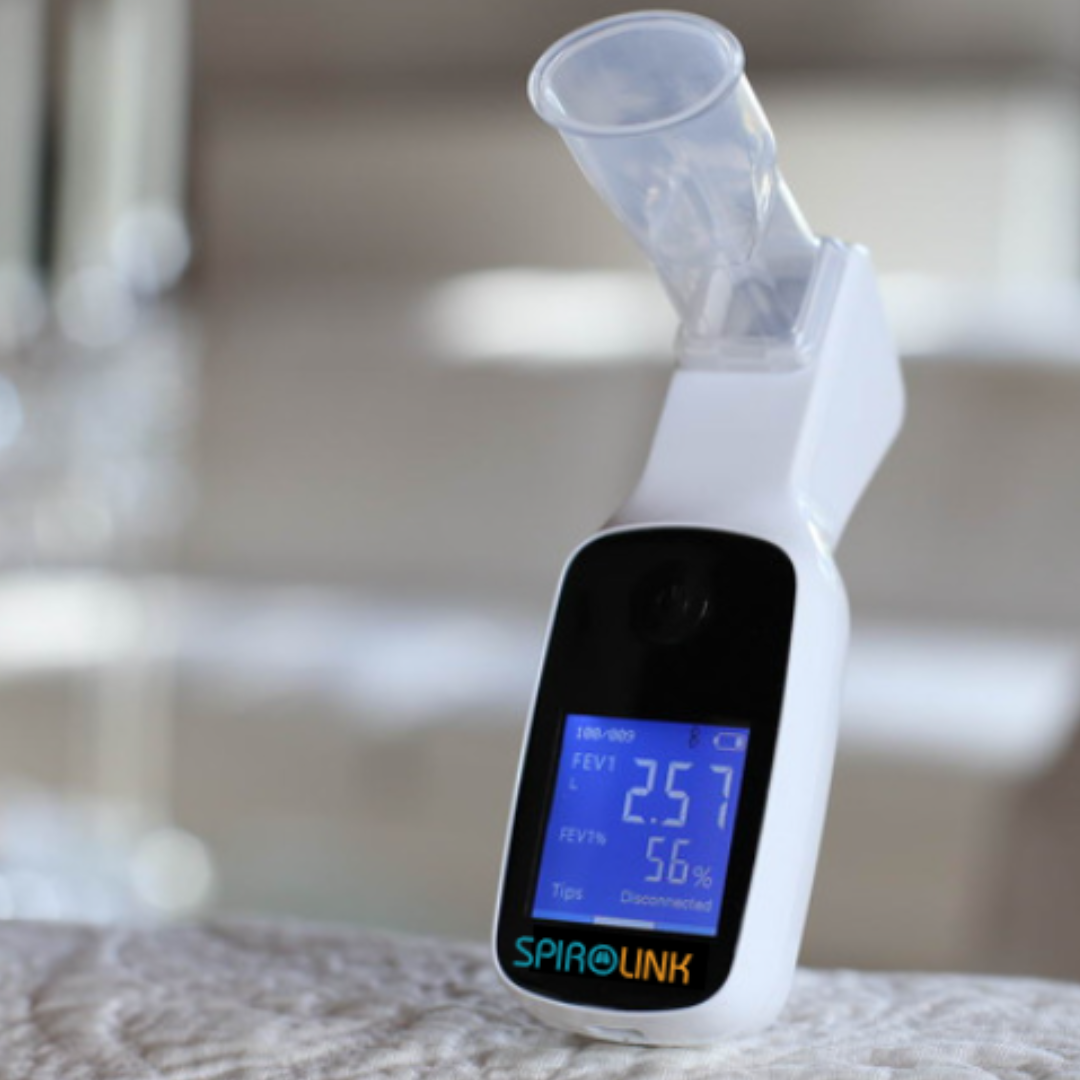
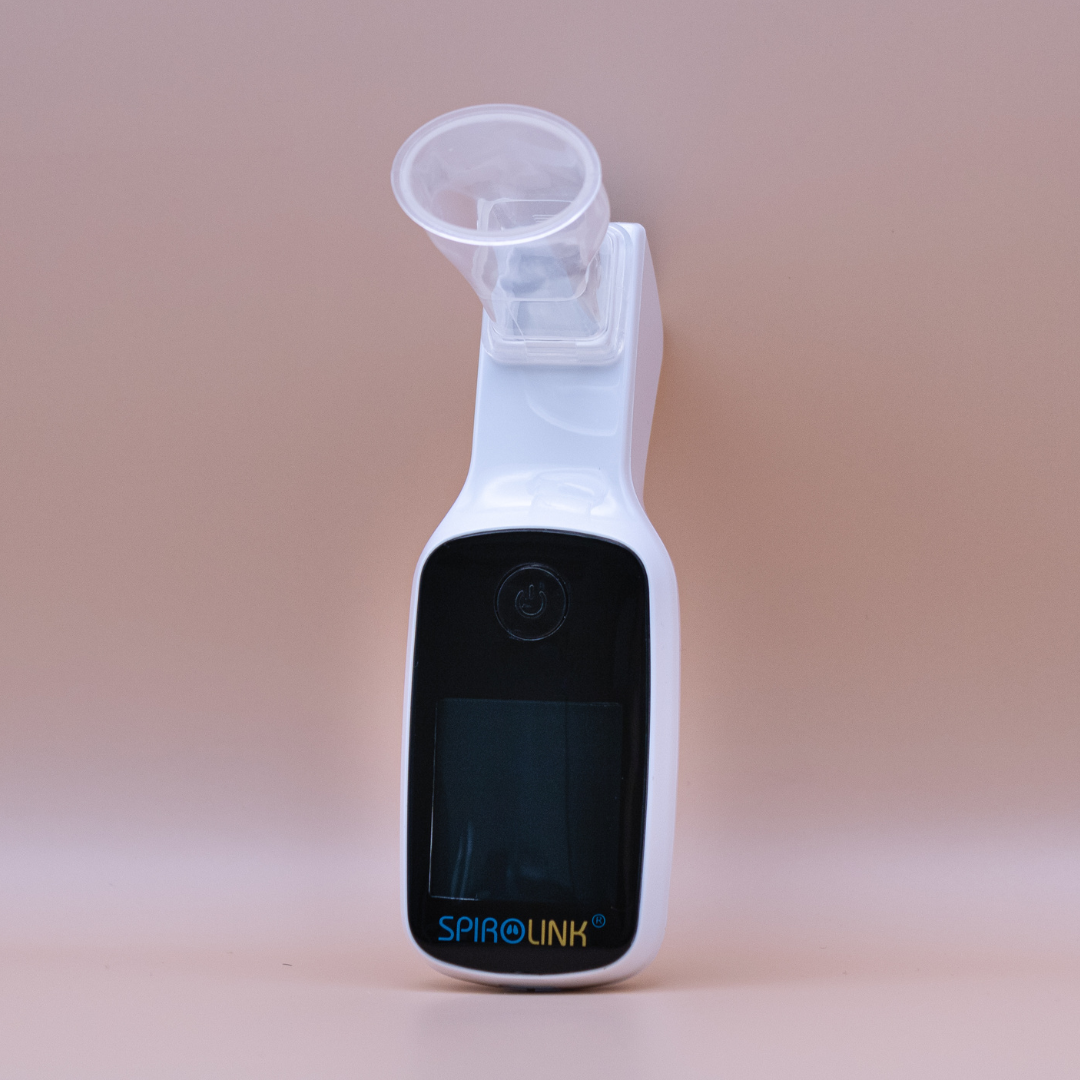

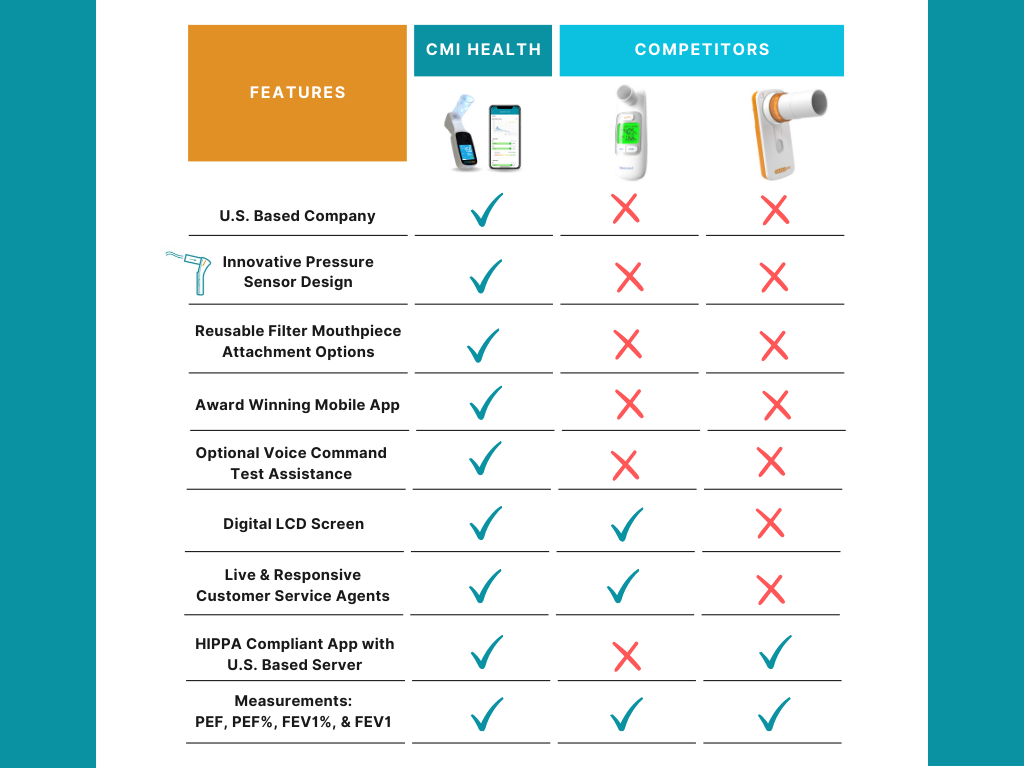
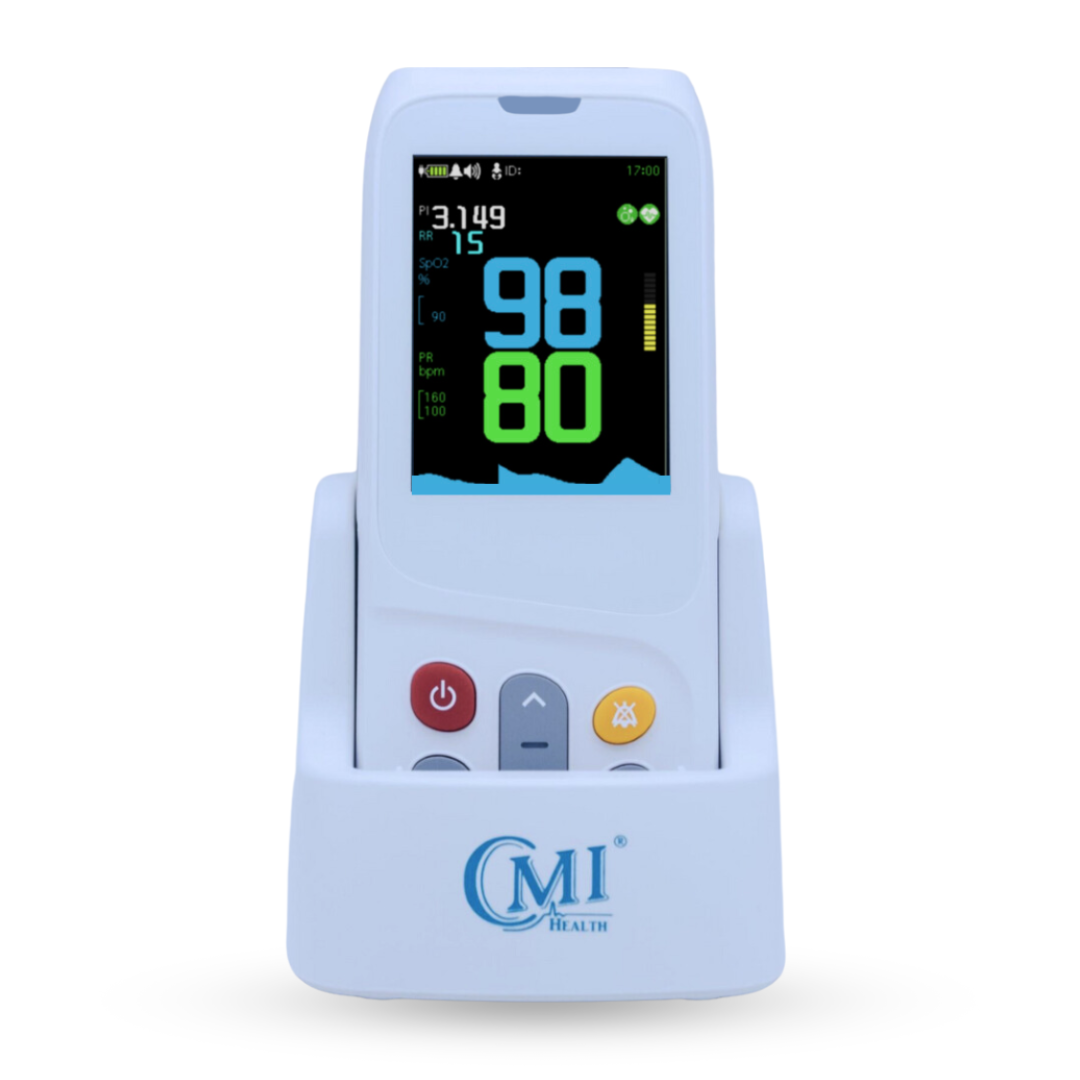
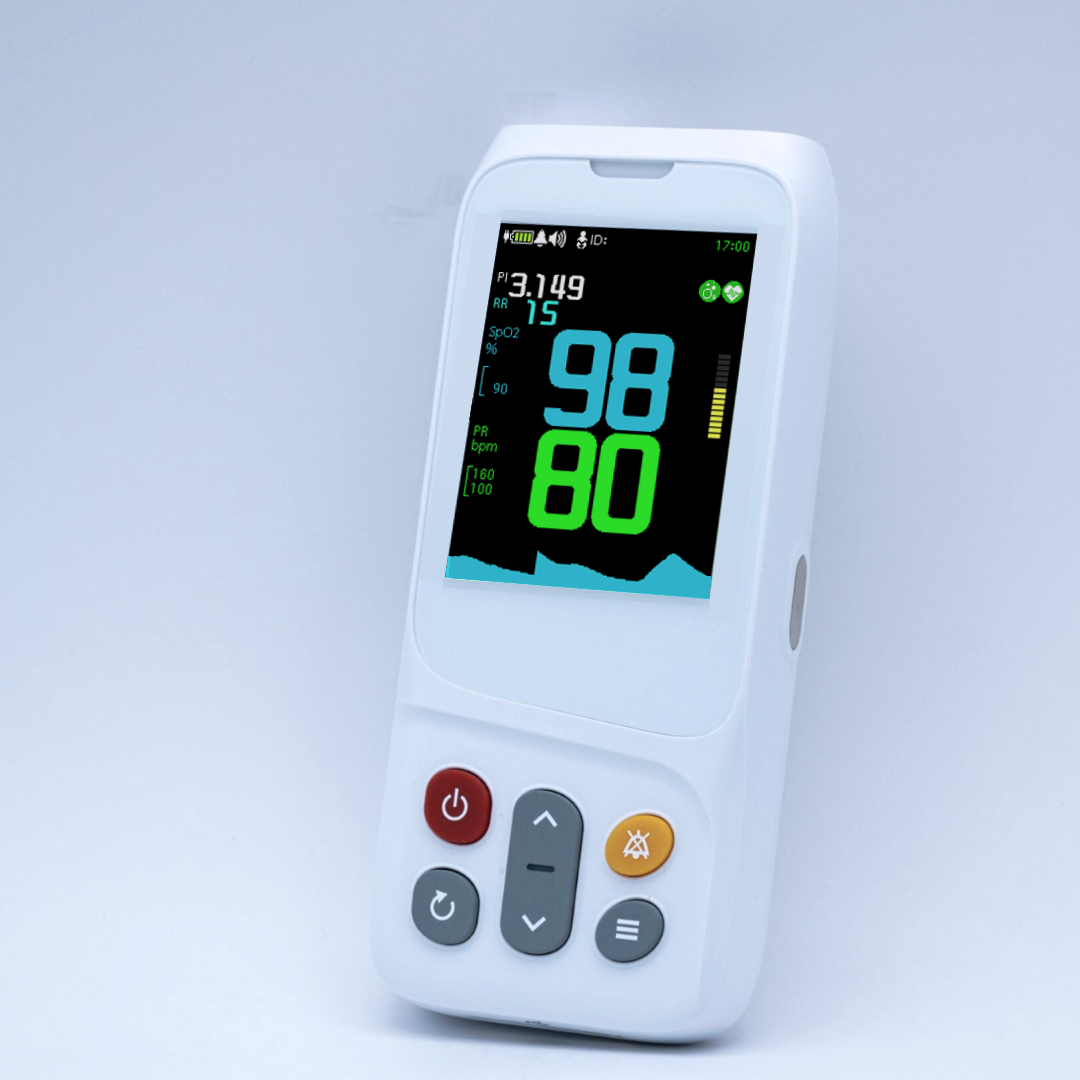
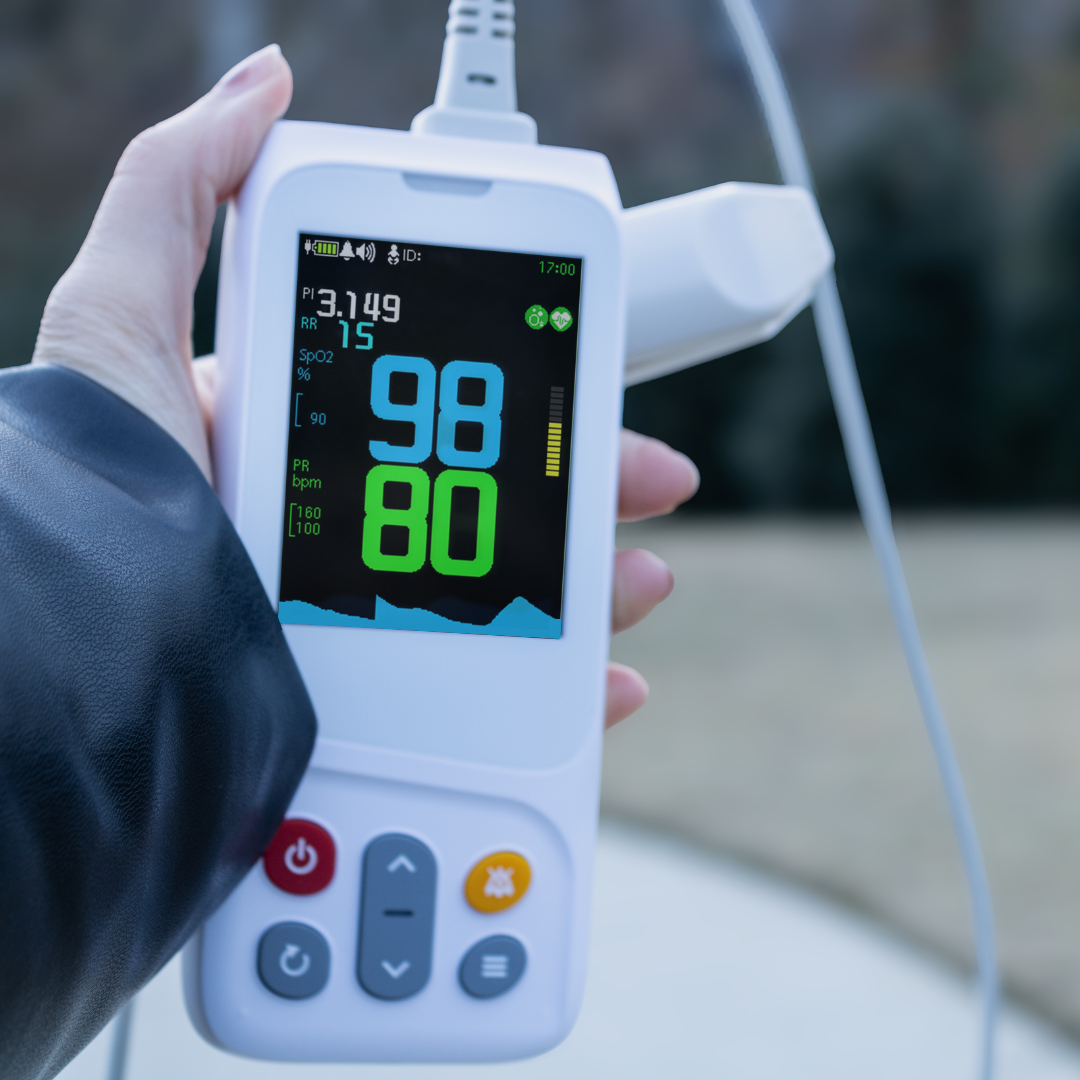
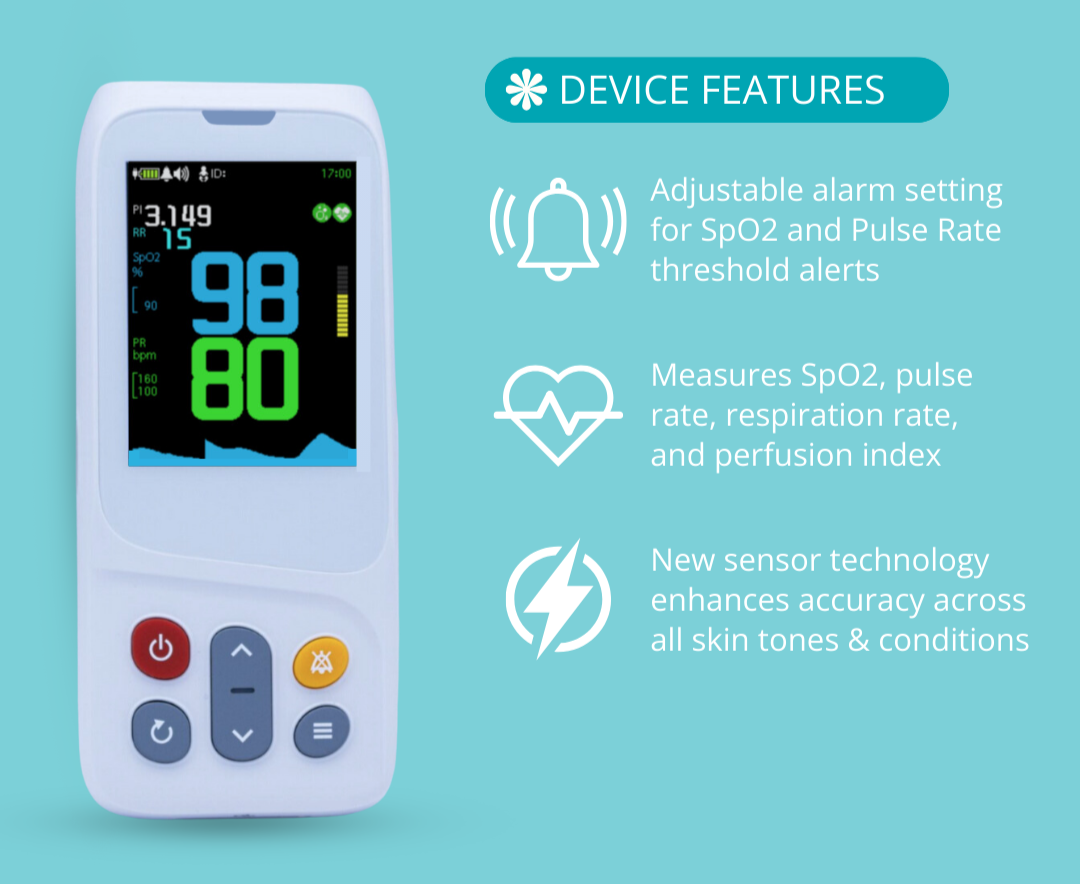
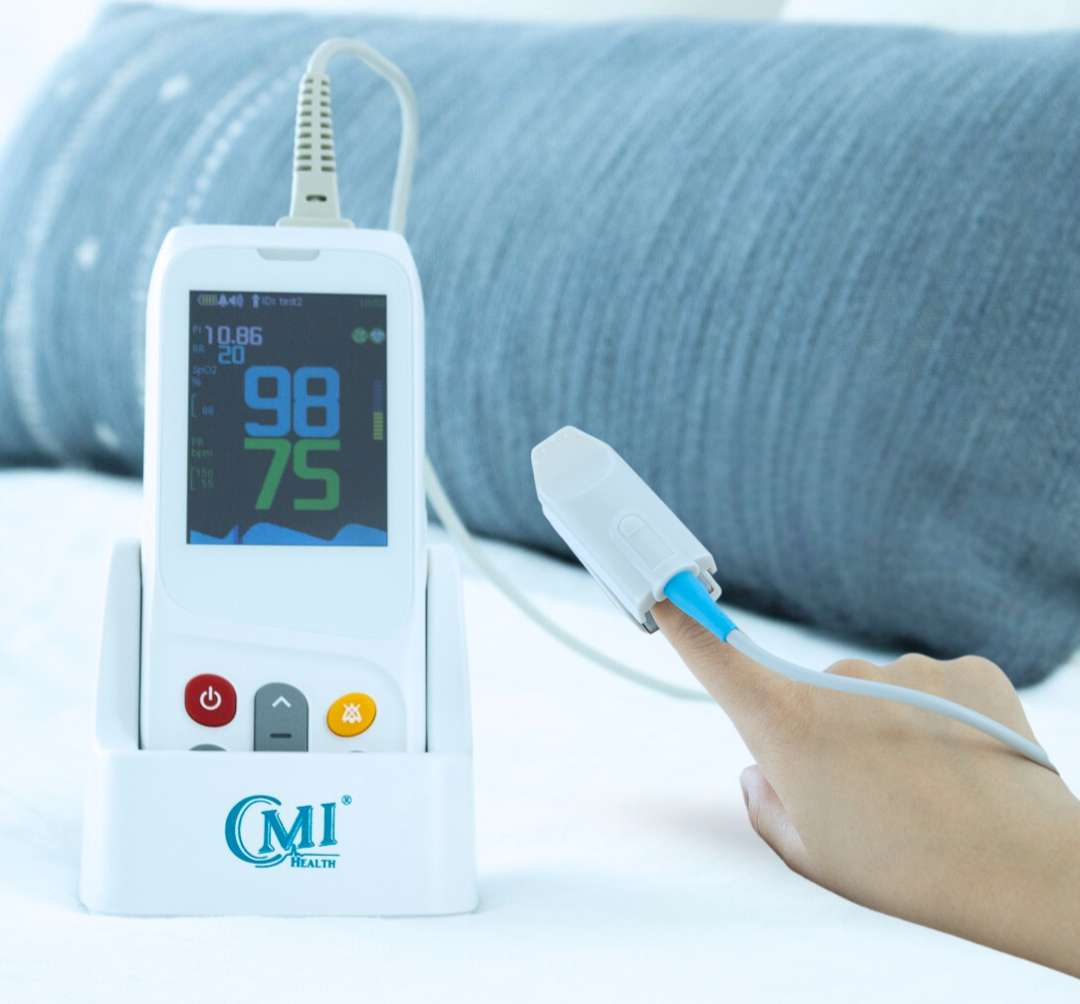
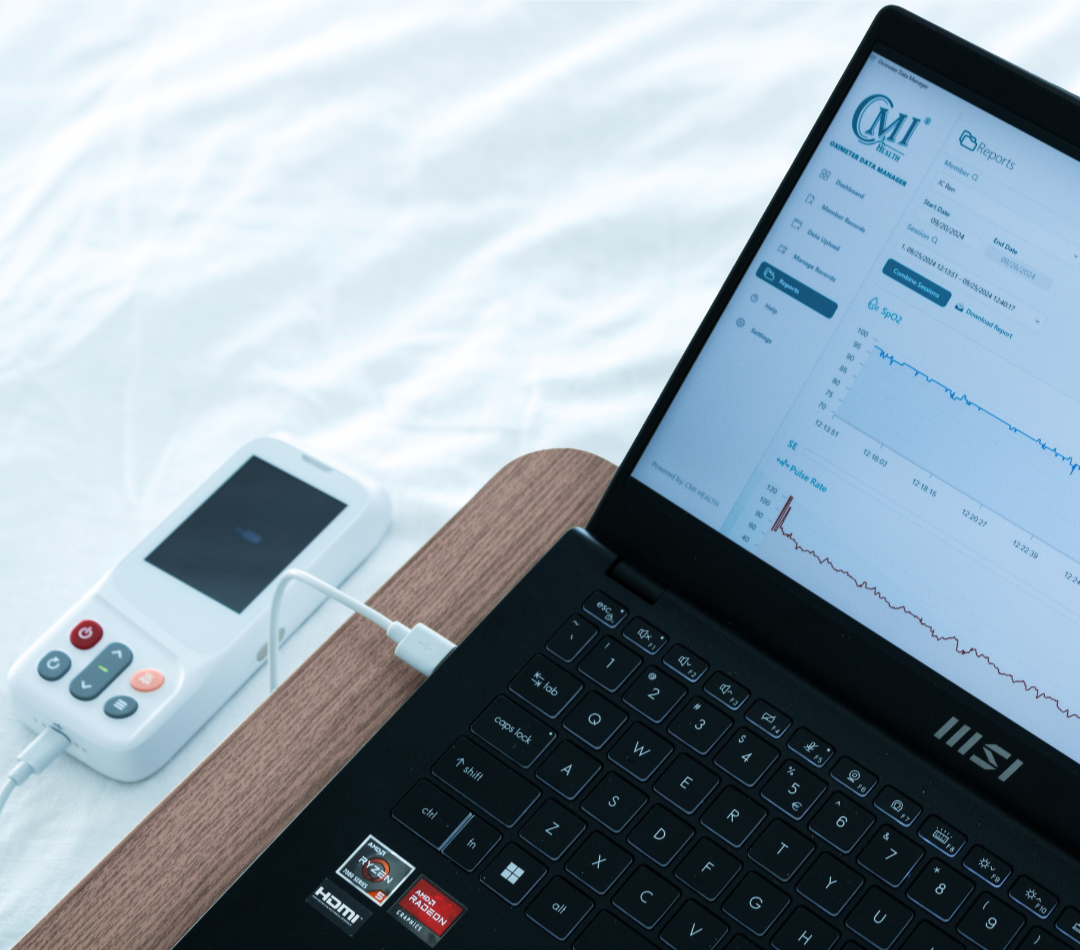
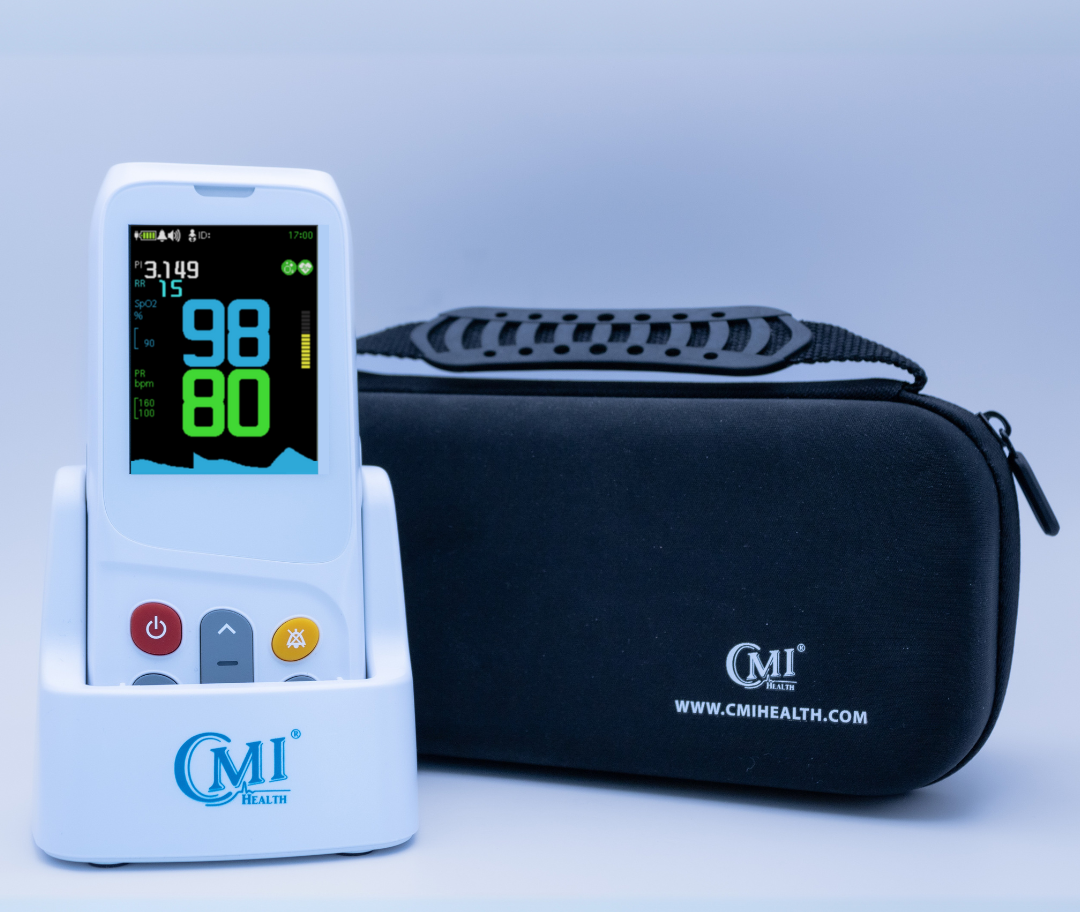
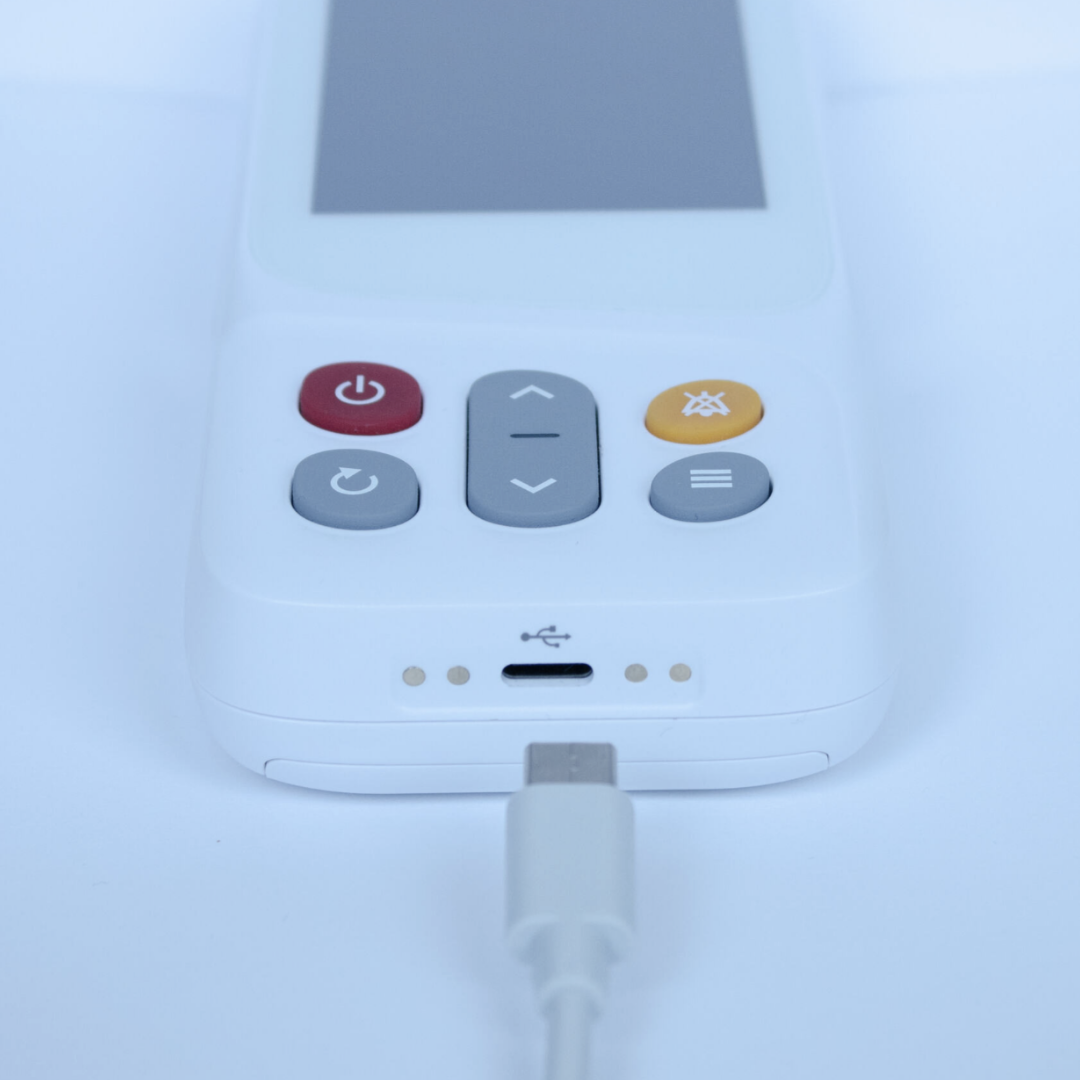
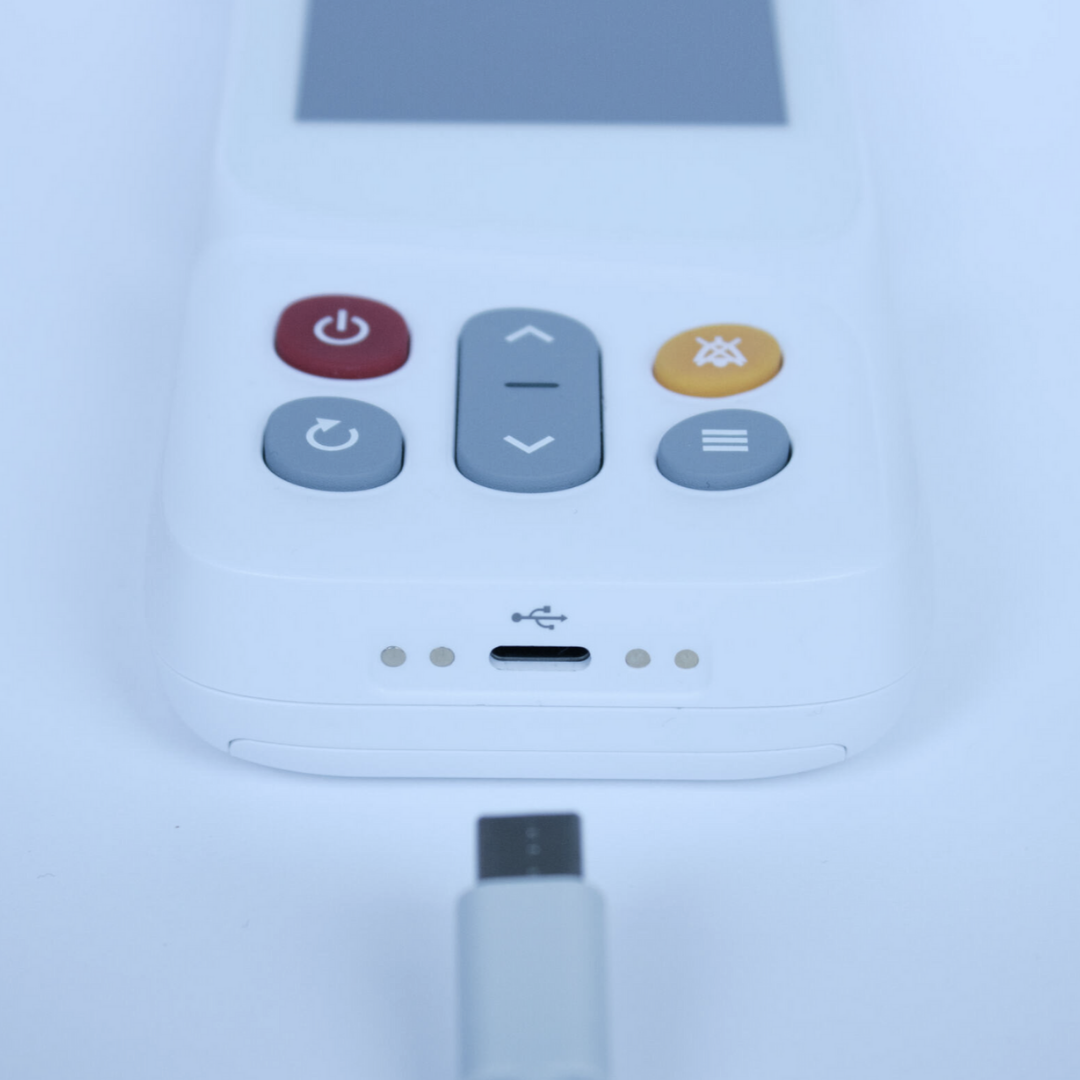
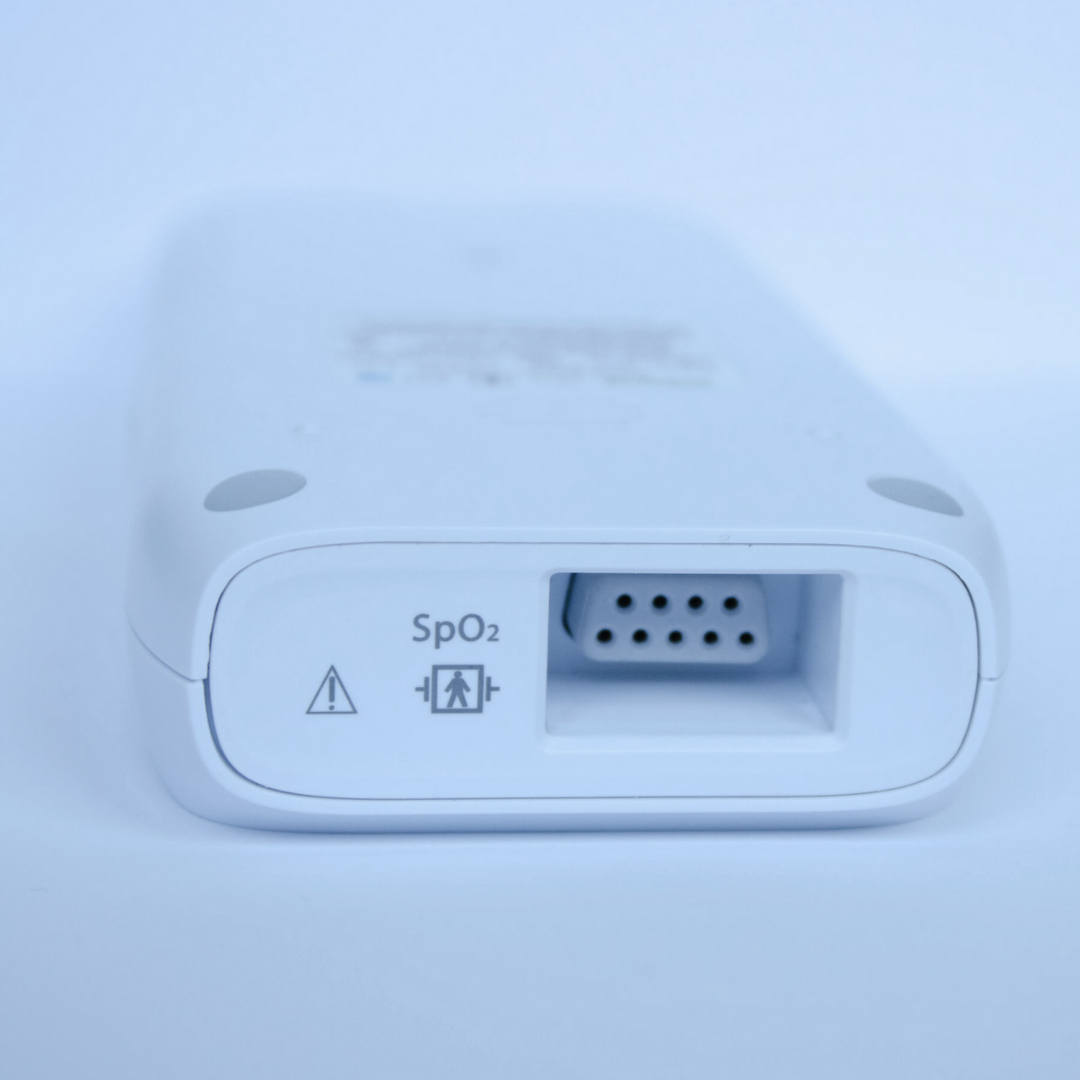
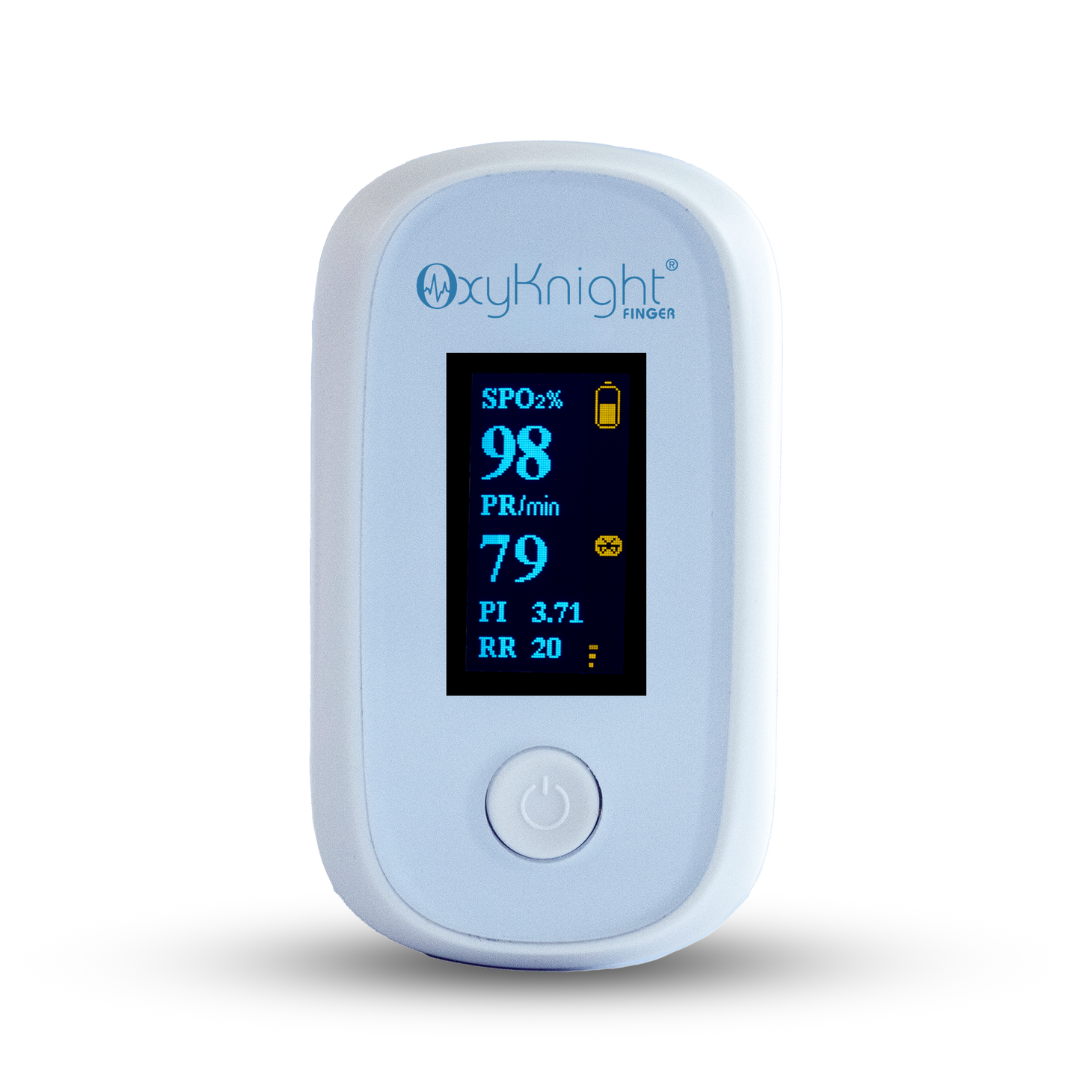












Leave a comment